Air Raid to Al-Waleed (20)
The Story of Demolishing Fighters and the Equipment in Al-Waleed Triple Military Bases Known as H-32016-05-23
Air Raid to Al-Waleed (H-3)
The Story of Demolishing Fighters and the Equipment in Al-Waleed Triple Military Bases Known as H-3
By: Brigadier General Ahmad Mehrnia
Tehran, Sooreh Mehr Publications Company
2010 (Persian Version)
Translated by: Zahra Hosseinian
Providing safety and security of region and route, two F-5 fighters of Hamadan base immediately fly right behind the Phantoms and along with other F-4 pilots in predetermined location, take the responsibility of space surveillance of West and base protection. By the end of the mission, two additional flights of a team of two aircrafts also do this job. Amir Second Brigadier General Pilot Mohammed Tayyebi, the leader of first flight of F-5 air cover from Hamadan, says:
"Because the air cover flights continued for several days and the content of H-3 operations had not been told us, we didn’t know what’s going on. But as the previous days, we carefully took care of the region space in the area which was assigned to us. The only difference of this mission with previous ones was the lack of talking with radar and observing radio silence."
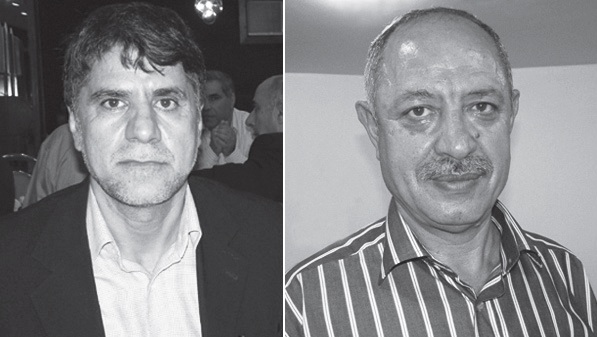
Colonel Samad Ali Balazadeh and Brigadier General Hussein Khalili (later was sent to F-14)
Flight groups of F-5 air cover were, respectively:
1. Capt. Mohammed Tayyebi / First Lt. Hussein Khalili in F-5 E
2. First Lt. Abdul-Hamid Najafi and Saeed Babakhanian in two-cockpit F-5 / First Lt. Abbas Elmi in F-5 E
3. First Lt. Samad Ali Balazadeh / First Lt. Ali Reza Aenie in F-5 E
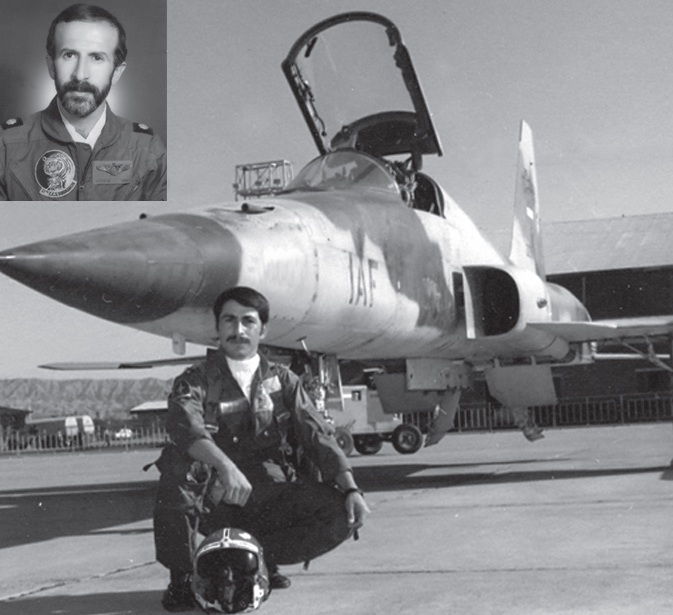
Second Brigadier General Abdul-Hamid Najafi and Colonel Saeed Babakhanian (Major)
Two refueling Boeing 707 aircrafts fly from Mehrabad air base when they can be present in refueling area at the south of Lake Uremia slightly ahead of schedule. Major Ghaffar Abdul-Alizadeh[1] and Capt. Ali Akbar Eikani in the first tanker, Capt. Hassan Bani-Adam and First Lt. Majid Soltani in the second tanker, bear the responsibility of a four-hour flight.
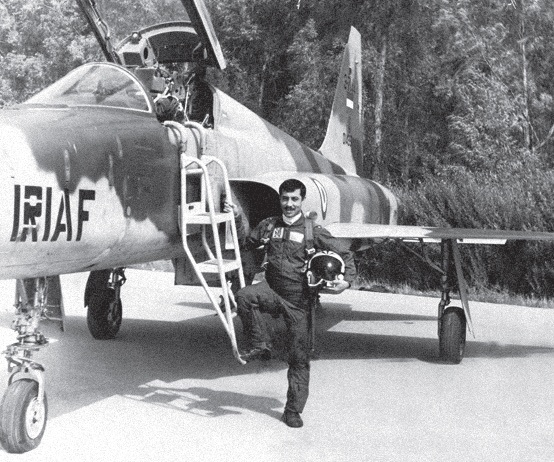
Liberated prisoner, Brigadier General pilot Abbas Elmi (1360) in the F-5 E
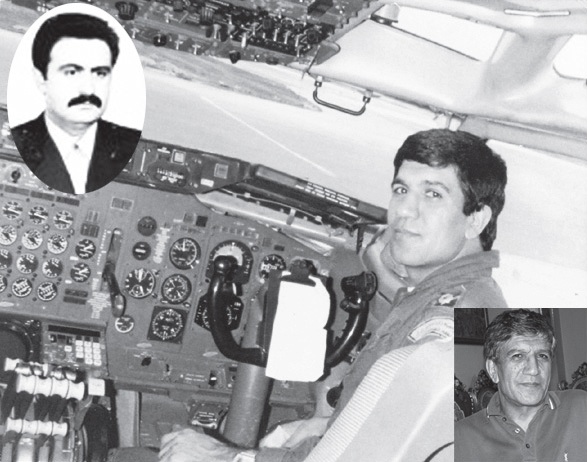
Second Brigadier General Ghaffar (Mohsen) Abdul-Alizadeh (2009), in the cabin of Boeing 707 (1981). Top left: Capt. Ali Akbar Eikani (Major).
Flight engineers of aircrafts were third chief-technicians Majid Poursaeed and Muhammad Ali Askari; and boom operators, who had the responsibility of connecting boom to bombers without any radio contact, were teacher and highly trained. On the other hand, it was supposed the refueling to be carrying out at the height of two thousand feet, which is counted high-risk tactical operations. Therefore, the difficulty of job for these staffs had been doubled.
The names of discussed staffs are as follows:
1. First air force technician Mansour Bamzar
2. Technical Senior Master sergeant Ali Javaheri
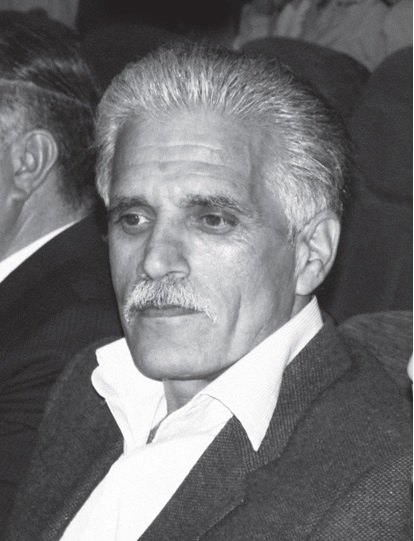
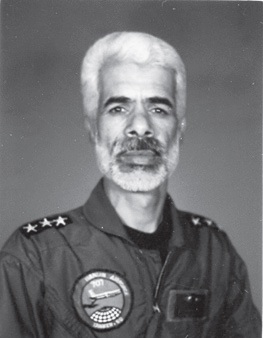
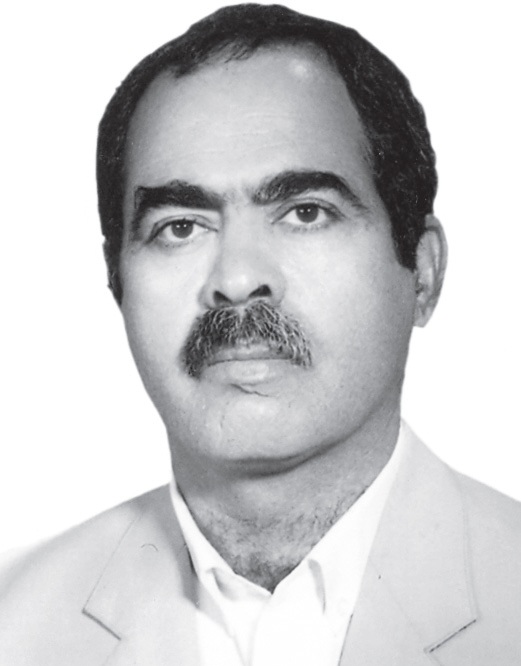
Col. Mohammed Ali Askari, First Lt. Ali Javaheri (2006) and Col. Mansour Bamzar (2009)
Boeing 707 tankers containing 87 tons of fuel and without any means to defend itself against enemy air attacks are at high risk; hence, according to the plan, at the same time they reach to the mission area, F-5 fighters fly from Tabriz air base and protect these giant aircrafts.
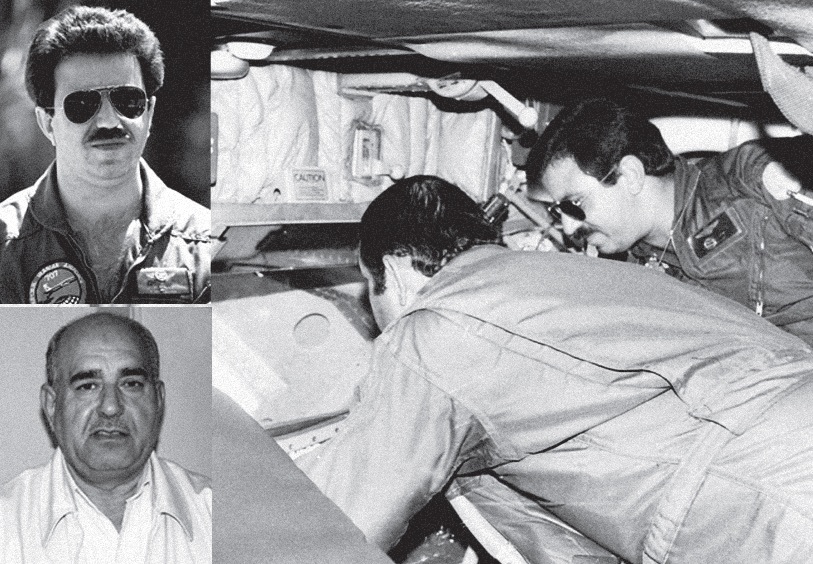
In the cabin of refueling Boeing 707, Right: Saber Abdul-Razzaq and Left: Ahmad Mesbah, (New photos: 2009)
Retired Capt. Saber Abdul-Razzaq, boom operator of Boeing 707, says:
"I was Sub Lieutenant at the time of H-3 operations, and because I was single, participated in most of missions. I remember one day in mid-Farvardin, there was talking of an important and special mission over Lake Uremia. We really didn’t know what is going on and what is the clear difference between this flight mission and others we would do from the beginning of the war, that it is stressed severely all things to be done right and properly. I think Capt. Hassan Bani-Adam was our battalion operations officer at that time. He insisted that no mistake is acceptable and we must turn our minds on this sensitive job. Later I found out that a major operation has been done for attacking the most distant air bases in Iraq. On that day, several other flights had been planned for refueling in the air, but I don’t remember in which aircraft I was serving."
It should be noted that because tanker aircrafts are not able to defend themselves against the attacks of enemy fighters, they either should fly on the insider territory and in a safe location, or fighters take the responsibility of protecting them, to avoid this risk. Considering the sensitivity of discussed flight and its proximity to the border, two actions were done all the time the tankers were in the area: first, a Bonanza[2] aircraft piloted by First Lt. Ali Aalizadeh, was dispatched to the nearest distance to Northern East of Iraq's border to observe regions, where there was a probability of intrusion of enemy’s fighters, and in the terms of radar cover had blind spots or poor vision. Recording two-hour flight, he observed considered region and reported. Aalizadeh says:
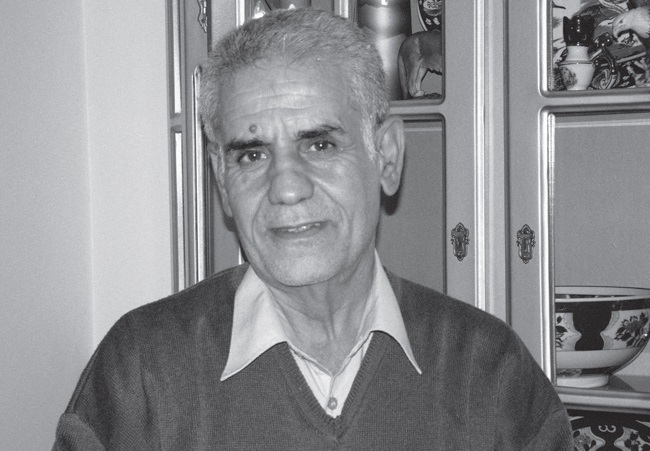
Colonel Ali Aalizadeh (2009)
"Most of the time I flew with one of pilots of base, but this time, apparently all were involved. By pressing the gas handle, I took off from runway and flew toward holding area. I was alone and traversed a particular route over and over in a heavy silence. I put my entire mind to the around, lest Iraq's fighters entered the country using the blind spot. It should be said that I piloted a light aircraft without any arms; and this meant that if enemy fighters appeared and saw me, I was finished. Perhaps my only chance was to report their intrusion and prepared myself for death; however, a strong motivation incited me to do the mission. I left the area and returned to Tabriz base, when Avgas reached to the possible minimum for the mission. Thankfully, no unpleasant incident happened. I was doubly happy when I heard what a great masterpiece has been done."
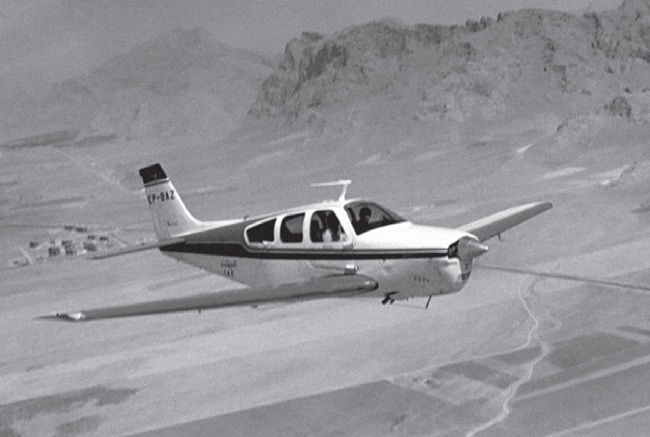
Bonanza aircraft or F-33
The second action was to provide full air cover near the Lake Uremia by F-5 fighters from Tabriz air base and F-14 fighters from Isfahan base; so, they provided the security of flights at the refueling time. One of air cover missions from Tabriz was assigned to Capt. Seyyed Ismail Mousavi and me (the author), during which an interesting incident occurred.
To be continued…
[1] Later, Major Abdul-Alizadeh changed his name from Ghaffar to Mohsen. After releasing from Air Force with Second Brigadier General rank, he would serve as a captain in the airline Iran Air for many years and recently has retired.
[2] Bonanza or F-33 is a light single-engine airplane which has four-seat and a place for passenger’s cargo. In some countries, model A was used for counterinsurgency operations. But in Iran, Model C is used for pilot training and authorities’ move. At the beginning of the war, Bonanza has been used very much for observing in the sensitive areas which had no proper radar cover and there was probability of enemy bombers’ intrusion.
Number of Visits: 7697
http://oral-history.ir/?page=post&id=6358
